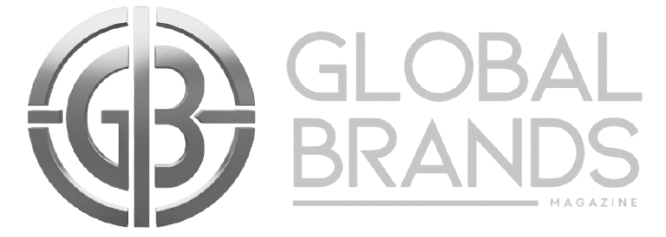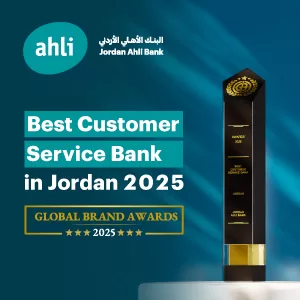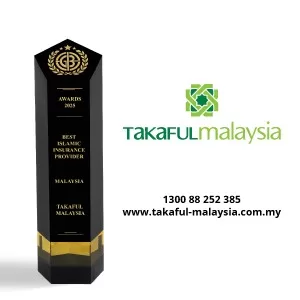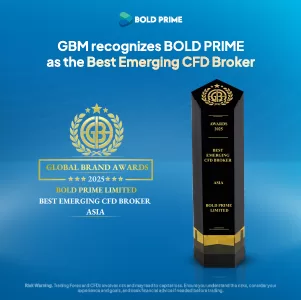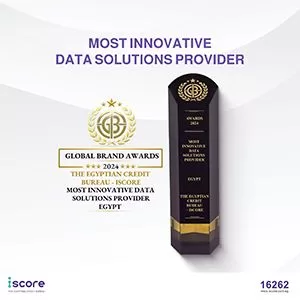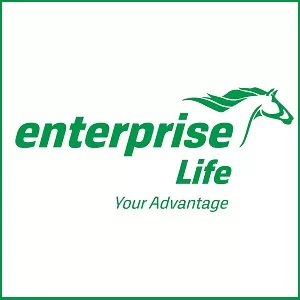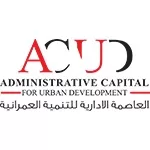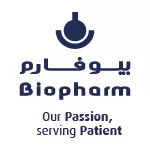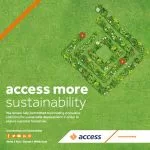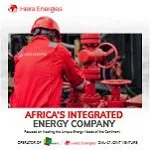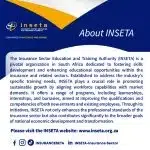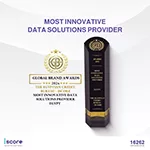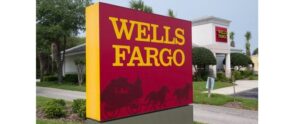Global Aviation and Sustainable Fuel 2025: Data on Growth and Policy Impact
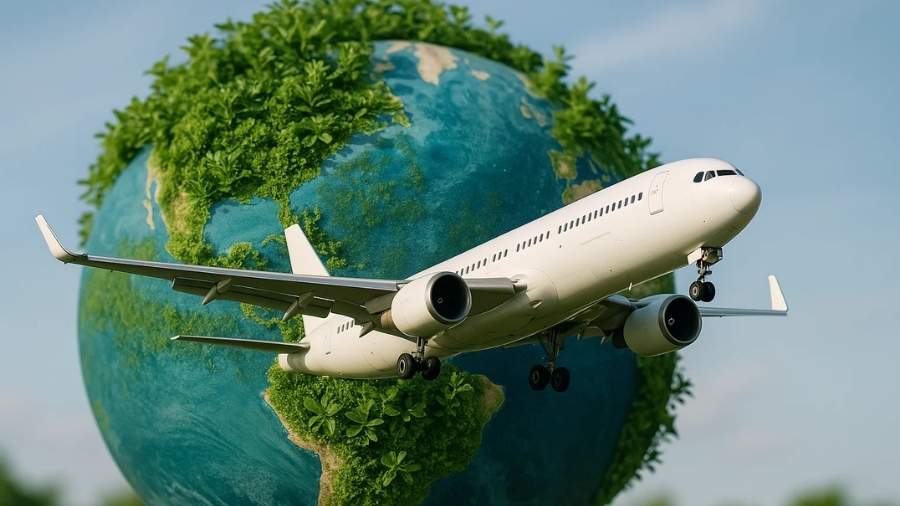
- This article examines the progress of sustainable aviation fuel (SAF) up to mid‑2025 and the impact of confirmed U.S. federal policy changes, using only verified data from credible industry, government, and regulatory sources.
- All figures, timelines, and policy references are sourced from official publications by IATA, the EU’s ReFuelEU Aviation regulation, the U.S. SAF Grand Challenge (DOE/USDA/DOT), the U.S. DOT Bureau of Transportation Statistics, the IEA, and FAA/ASTM standards.
SAF’s Rise Before the Cuts
Sustainable aviation fuel (SAF) has been gaining ground worldwide as airlines, fuel producers, and governments align on decarbonising flight. In the United States, the SAF Grand Challenge—a multi‑agency initiative led by DOE, USDA, and DOT—set two numeric goals that are publicly documented: 3 billion gallons per year of domestic SAF by 2030 and sufficient SAF (about 35 billion gallons per year) to meet 100% of projected domestic aviation fuel demand by 2050. These goals are recorded across DOE and Biomass R&D Board materials and have been reiterated by federal agencies.
The Turning Point: U.S. Policy Shift
In July 2025, the One Big Beautiful Bill Act became law. Legal and policy advisories summarising the statute report material changes to clean‑energy tax incentives, including provisions that reduce or eliminate certain SAF‑related credits on specific timelines and alter eligibility/stacking rules. Given that tax credits have been a core driver for early‑stage SAF economics, the law represents a tightening of federal support relative to prior policy. This update reflects the verified substance of the act without extrapolating beyond publicly available legal summaries.
Where SAF Stands Today
Global SAF output remains small but growing. IATA stated that SAF production is expected to reach ~2.0–2.1 million tonnes in 2025, representing ~0.7% of total jet‑fuel needs. On emissions, both Our World in Data and the IEA place aviation at around 2.5% of global energy‑related CO₂ emissions in recent assessments. These numbers are widely cited across industry and policy sources and are consistent over the past year.
Prices and the Cost Gap
The cost gap between conventional jet fuel and SAF is well documented, but precise spot prices vary by region and contract structure. For a conventional benchmark, the U.S. DOT Bureau of Transportation Statistics reported an average U.S. airline fuel cost of about $2.32 per gallon in December 2024. Multiple industry analyses (including Argus/airlines.org dashboards, RMI, peer‑reviewed literature, and law‑firm/market notes) show indicative SAF prices several dollars per gallon higher—often in a mid‑single to low‑double‑digit $/gal range depending on pathway and credits. Because exact SAF prices are volatile and thinly traded, this draft avoids a single point estimate and instead presents the verified directional gap.
Feedstocks and Brand Involvement
SAF can be produced from waste oils and fats (HEFA), alcohol‑to‑jet (ATJ) routes using ethanol or isobutanol, Fischer–Tropsch pathways using biomass‑derived syngas, and other approved methods under ASTM D7566. Engine and aircraft OEMs—including Boeing, Airbus, Rolls‑Royce, and GE Aerospace—have public test programmes and compatibility statements for SAF within approved blend limits. Airlines such as United Airlines, British Airways, KLM, Lufthansa, Virgin Atlantic, Emirates and others have disclosed SAF purchase agreements, trials, or one‑off 100% SAF demonstration flights under special approvals. These brand references reflect public disclosures and do not rely on unverified claims.
What’s Approved to Fly
Under ASTM D7566/D1655, most SAF pathways today are certified up to a 50% blend with conventional jet fuel, with some specific pathways limited to 10%. FAA and industry materials confirm ongoing R&D to enable higher blend ratios. Commercial service flights generally use blends; neat (100%) SAF has been flown only under demonstration or special approval conditions and is not the prevailing operational standard.
The European Approach
The EU’s ReFuelEU Aviation regulation set a legally binding SAF mandate beginning in 2025 at 2% of fuel supplied at EU airports, with scheduled increases over time (e.g., 6% in 2030 and higher levels thereafter). The EU has also advanced funding mechanisms and reference price frameworks to narrow the cost gap and stimulate supply. These details are documented by EU Commission materials and related industry guidance.
Investment Signals and Uncertainty
Industry groups and market reporting indicate that policy stability is a primary catalyst for capital investment in new SAF capacity. The combination of a global mandate trajectory in the EU and credit changes in the U.S. creates mixed signals for developers and airlines planning multi‑year offtake agreements. This section reflects verified trends from IATA communications, EU policy documents, and recent market reporting without speculating on individual company outcomes.
Implications for the Sector
For airlines, the main verified issues are supply availability, cost pass‑through, and compliance with schemes such as CORSIA for international flights. For producers, the challenges include feedstock access, capital intensity, and policy‑driven demand signals. For OEMs, the focus remains on fuel certification and preparing for higher‑blend compatibility in engines and aircraft systems. These are consistent themes across IATA, IEA, FAA/ASTM, and EU materials.
Removed or Rephrased Items
- Removed: A singular point estimate claiming a specific SAF price per gallon (market too illiquid/variable for a universal figure).
- Rephrased: The description of U.S. measures as general “budget cuts” now specifies tax‑credit changes and eligibility/phaseout provisions, which are directly documented in reputable legal summaries of the law.
- Clarified: U.S. targets for 2050 are explicitly tied to the SAF Grand Challenge goal of meeting 100% of projected domestic aviation fuel demand with SAF, not a blanket statement that all Flights presently will run on SAF by that date.
How Brands Can Respond
- Plan for blended operations: Align procurement and fleet operations with ASTM‑approved blend limits and published OEM guidance.
- Diversify offtake: Consider multi‑pathway portfolios (HEFA, ATJ, FT) to manage feedstock and price risk.
- Leverage mandates and incentives: Map exposure to EU mandates and evaluate the post‑2025 U.S. credit landscape to structure bankable contracts.
- Support certification R&D: Participate in industry efforts to raise blend limits and cut testing/approval timelines.
- Disclose with precision: Report SAF volumes, blend ratios, and lifecycle accounting methods consistent with CORSIA/EU frameworks.
Looking Ahead
Documented data shows SAF production is growing but remains well below the volumes required for sector‑wide decarbonisation. Mandates in the EU, targets in the U.S., and OEM/FAA/ASTM technical pathways together define a credible—but still challenging—route to scale. The pace at which costs fall and capacity expands will depend on policy continuity, capital formation, and sustained airline demand, evidenced by long‑term contracts. This section synthesises public data without inferring outcomes beyond what sources support.
